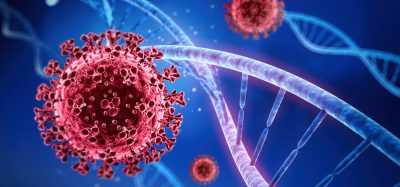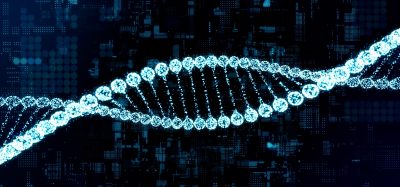Scientists create first humanised mouse model for rare genetic disease
Posted: 31 May 2023 | Izzy Wood (Drug Target Review) | No comments yet
German researchers have successfully developed mice with a defected human gene responsible for congenital adrenal hyperplasia (CAH), a rare genetic disease.

Mice with a defected human gene responsible for a rare genetic disease called congenital adrenal hyperplasia (CAH) have been successfully developed by researchers from the University Hospital Carl Gustav Carus in Dresden, Germany. The ground-breaking achievement, which was presented at the 25th European Congress of Endocrinology, has the potential to pave the way for new therapies targeting the most common form of CAH.
CAH is a group of inherited conditions that affect approximately 1 in 15,000 births. The most prevalent form, known as 21-hydroxylase deficiency, is caused by mutations in the CYP21A2 gene. These mutations lead to the underproduction of cortisol and the overproduction of androgen hormones, such as testosterone, by the adrenal glands. The consequences of this hormonal imbalance include early puberty, the development of masculine features in girls, and various other health issues. The current treatment for CAH involves steroid hormone replacement therapy, which can often have harmful side effects.
The researchers sought to replicate the human condition in mice by replacing the Cyp21a1 gene in mice with the human gene CYP21A2 carrying a mutation. The results of their study demonstrated that the genetically modified mice, at 20 weeks of age, exhibited enlarged adrenal glands while expressing the human mutated gene. Furthermore, similar to humans with CAH, the mice experienced low levels of corticosterone—the primary stress hormone in mice, equivalent to cortisol in humans—and other hormonal imbalances.
While animal models for CAH already exist, this new mouse model is the first to faithfully reproduce the human condition in mice without requiring any treatments to sustain their survival. Lead author Shamini Ramkumar Thirumalasetty explained, “Our mice accurately mimic the symptoms seen in human patients. For example, the female mutant mice also have issues with fertility, which we believe is most probably due to the hormonal imbalances triggered by congenital adrenal hyperplasia.”
The development of this mouse model opens up opportunities for studying the underlying mechanisms of the disease and identifying more effective treatments. Shamini Ramkumar Thirumalasetty, lead author, highlighted the significance of this breakthrough, stating, “Although novel treatments are being developed to minimise the side effects of steroid hormones, these drugs lack effective in vivo models for pre-clinical testing. Our mouse can serve as an excellent model to test novel drugs and treatment options for patients with congenital adrenal hyperplasia, such as stem cell therapies, and will facilitate the transition from basic research to the clinic.”
The new mouse model provides a valuable tool for researchers to investigate the intricacies of CAH and develop potential therapies to alleviate its symptoms. By better understanding the disease’s mechanisms and testing novel drugs and treatments using this mouse model, scientists may be able to improve the lives of individuals with CAH and mitigate the adverse effects of current treatment methods. This breakthrough represents a significant step forward in the quest to find more effective therapies for CAH, giving hope to those affected by this rare genetic disease.
Related topics
Animal Models, Disease Research, Genetic Analysis, Genomics
Related conditions
congenital adrenal hyperplasia (CAH)
Related organisations
University Hospital Carl Gustav Carus
Related people
Shamini Ramkumar Thirumalasetty






